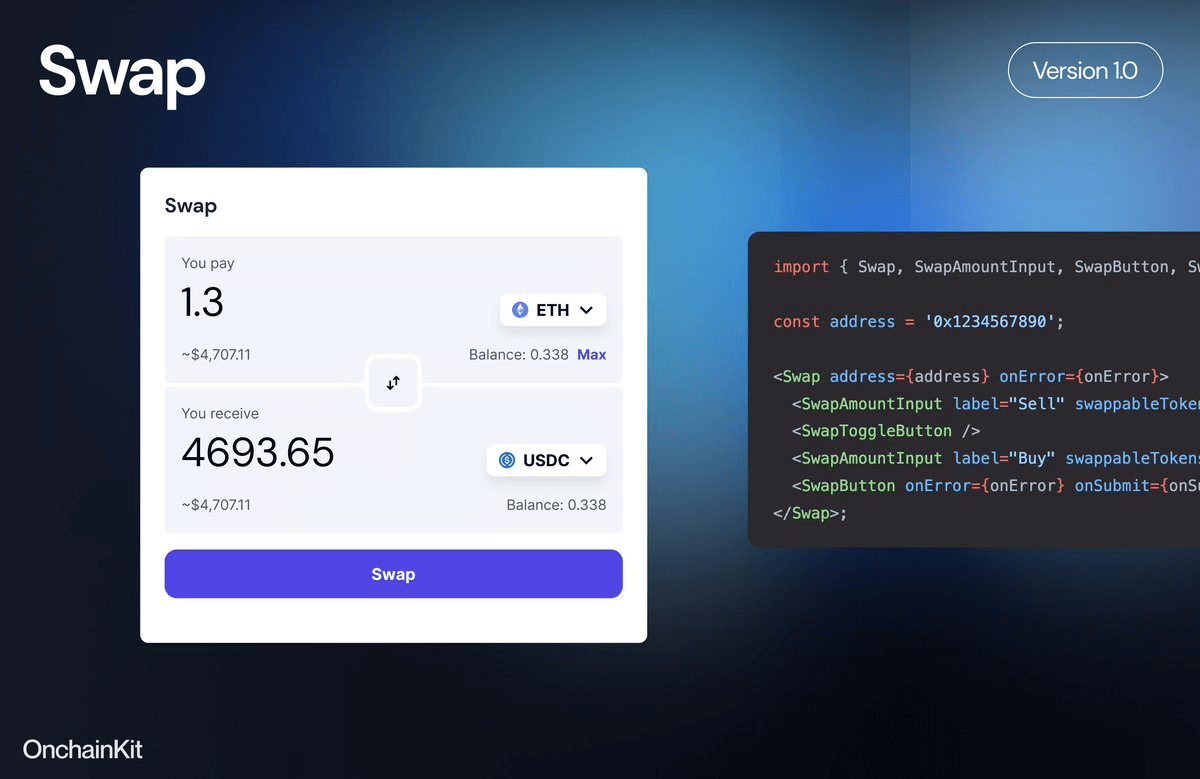So I was thinking about wallets the other day—specifically, crypto wallets—and how many folks still get tripped up trying to find one that’s both secure and easy to use. Seriously, it’s like the Wild West out there. You want something that’s not just a password vault but a real gateway into DeFi, right? Here’s the thing: many wallets promise security but fall short when you want to interact with decentralized apps without a headache.
Wow! Coinbase Wallet kind of nails this balance. It’s not just a place to stash your crypto but also a bridge to the broader DeFi universe. At first glance, it looks straightforward, almost too simple for the heavy lifting it does behind the scenes—but that’s part of the charm.
Initially, I thought all wallets were pretty much the same—just a place to hold your keys. But then I realized the user experience and integration with DeFi protocols really set some apart. Coinbase Wallet stands out because it’s non-custodial, meaning you control your private keys, which is crucial if you care about security. Though, actually, wait—let me rephrase that: it’s only as secure as your own habits. No wallet can save you from sloppy password practices or phishing scams.
Something felt off about those complicated seed phrases when I first started. I remember fumbling with them, almost losing access to my funds. Coinbase Wallet simplifies this with backup options that aren’t just cryptic strings of words. Not to mention, it supports biometric login on mobile, which is a huge convenience without compromising security—for the most part.
Check this out—

One thing that bugs me is the occasional lag when connecting to certain DeFi apps through some wallets, but Coinbase Wallet’s built-in dApp browser usually keeps things smooth. It’s like having a mini browser inside your wallet that talks directly to Ethereum and other chains. This is a big deal if you want to swap tokens or stake assets without jumping between apps.
Why Secure Crypto Storage Matters More Than Ever
Okay, so let’s get real. Crypto theft isn’t just a headline; it’s a daily risk. You’ve got hackers, scams, and even accidents like losing your private keys. With Coinbase Wallet, since you hold your keys, you’re your own bank—which is empowering but also terrifying. My instinct said, “Better back up everything carefully.”
On one hand, having your keys means no one else can freeze your account. Though actually, this independence means you’re on the hook for security. There’s no customer service hotline to call if somethin’ goes wrong—which is why the wallet’s design emphasizes user-friendly security features.
It supports hardware wallet integrations too, which is a nice touch if you want that extra layer of cold storage. I’m biased, but I think combining hardware wallets with Coinbase Wallet’s mobile convenience strikes a decent balance between security and accessibility.
Here’s a quick tip I picked up: always keep your recovery phrase offline and never share it. Weirdly enough, some people store theirs in email or cloud drives—big no-no. Since Coinbase Wallet is non-custodial, if someone nabs your recovery phrase, it’s game over.
Honestly, navigating all this can be overwhelming, especially if you’re new. But once you get the hang of it, the peace of mind is worth it.
Accessing DeFi Without the Headaches
Many users struggle with connecting wallets to DeFi platforms because of compatibility issues or confusing interfaces. Coinbase Wallet smooths this out by supporting multiple chains and tokens, plus a built-in dApp browser that works like a charm for popular DeFi apps.
Something I really appreciate is the wallet’s support for NFTs as well. It’s not just about trading tokens; it’s about managing your entire digital asset portfolio seamlessly. This integration isn’t just flashy—it’s practical for anyone diving into the broader crypto ecosystem.
Oh, and by the way, if you’re wondering how to get started, you can download Coinbase Wallet here. The setup is surprisingly quick, even if you’re not a tech whiz.
To be honest, I wasn’t sure at first if this wallet would keep up with my needs as DeFi gets more complex. But it’s surprisingly adaptable, and the developers seem to push regular updates. That said, there are occasional bugs—nothing catastrophic but enough to remind you that crypto tech is still evolving.
Maybe the biggest takeaway? Don’t treat your wallet like just another app. It’s a vault, a passport, and a risk all rolled into one. Take the time to understand how it works, and you’ll save yourself a lot of headaches down the line.
Common Questions About Coinbase Wallet and DeFi
Is Coinbase Wallet the same as the Coinbase exchange?
Nope, they’re different. Coinbase Wallet is a standalone, non-custodial wallet where you control your private keys. The Coinbase exchange holds your crypto on your behalf, which is more like a traditional bank setup.
Can I use Coinbase Wallet for multiple cryptocurrencies?
Yes, it supports Ethereum and many ERC-20 tokens, plus some other blockchains. It’s quite versatile for DeFi activities and NFT management.
How secure is Coinbase Wallet compared to hardware wallets?
While Coinbase Wallet is secure and supports biometric logins, hardware wallets provide a higher security level by keeping keys offline. For maximum safety, many users combine both.
